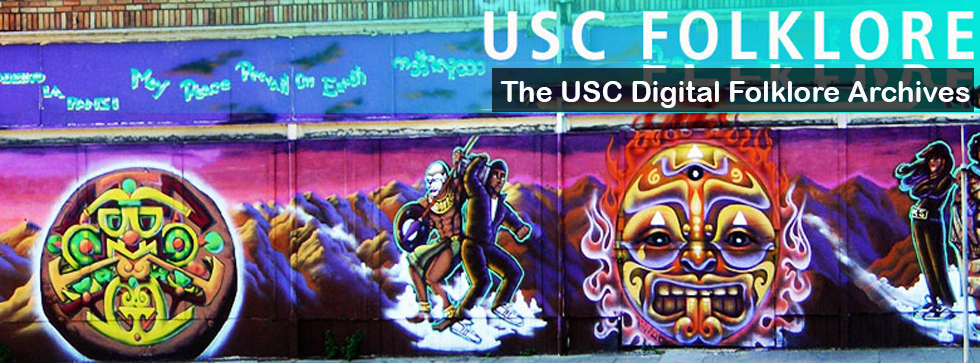Tags: Gesture, Hinduism, India, Spiritual and Religious Practice
Text
Offerings can only be given using the right hand.
Informant Info
Race/Ethnicity: Indian
Age: 22
Occupation: College Student
Residence: Northwest Arkansas, USA
Date of Performance: February 2024
Primary Language: English
Other Language(s): N/A
Relationship: Friend
Context
AH, the informant, is of Indian descent. Her father practices Hinduism and speaks Tulu. He has been a very influential figure in her upbringing.
Analysis
This gesture/cultural practice stems from an Indian practice where the left hand is used to cleanse the body, leaving the right hand reserved for purity exchanges. A purity that is valued in Hinduism spiritual and religious rituals, for mind, speech, and body. To use the left hand to give offerings, for example, would be considered taboo.
